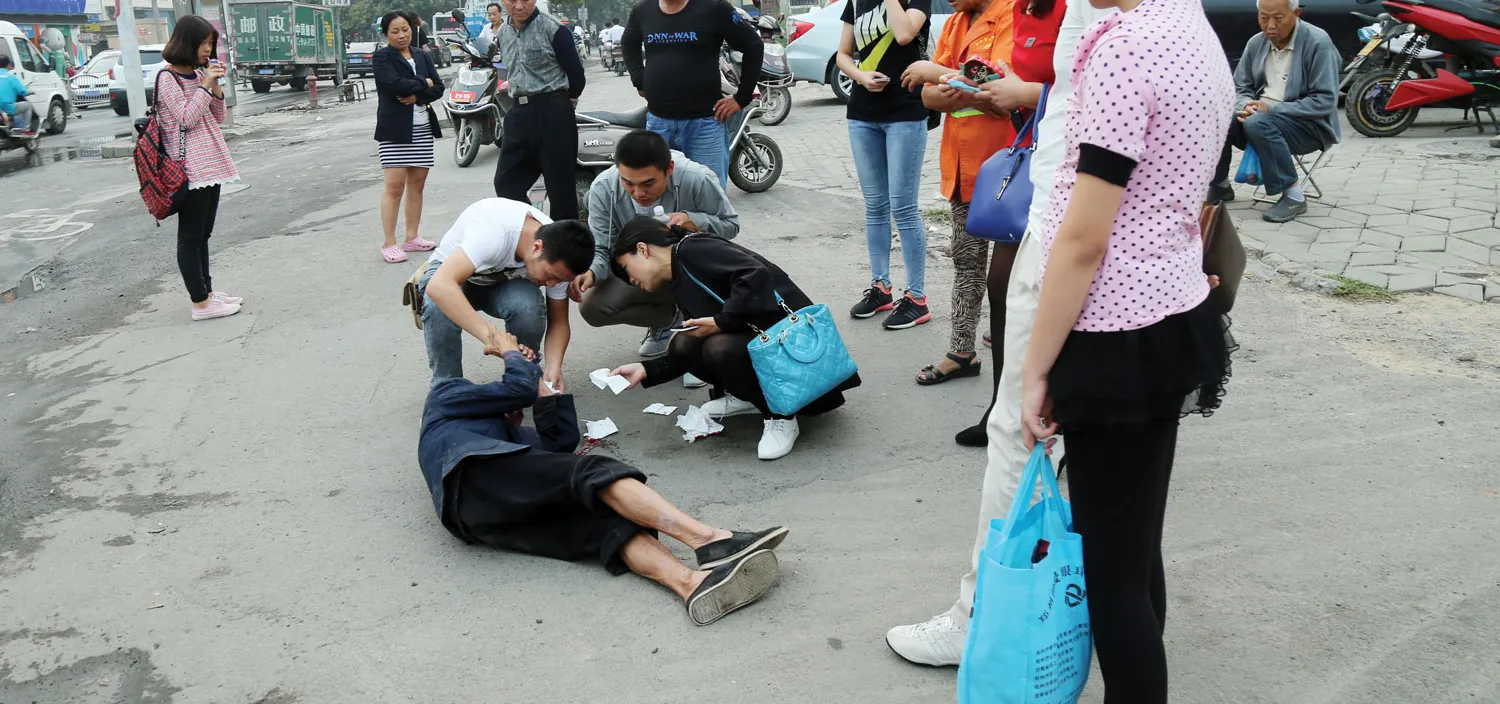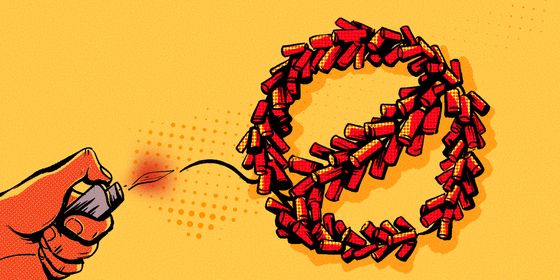Loopholes perpetuate ‘bystander effect’
A public debate on the bystander effect, prompted by a viral video of a fatal traffic accident, has highlighted continued gaps in China’s “Good Samaritan” laws—legal protections for those who volunteer to help victims.
The 94-second video from Zhumadian, Henan, recorded in April but circulated in mid-June, showed a hit-and-run incident involving a woman and a taxi at a zebra crossing. After being struck, the woman is seen attempting to sit up, but is ignored by pedestrians and passing vehicles until run over a second time by an SUV about a minute later.
Infamous incidents, such as a toddler run over and ignored by 18 pedestrians in Foshan in 2011, as well as cases of victims suing innocent bystanders for damages, have spurred several cities to draw up laws that protect outside parties from legal responsibility for intervening in an emergency situation, starting with Shenzhen in 2013.
Henan currently offers no such protections—but several of the cities that do, such as Beijing and Shanghai, have caveats. Shanghai stipulates that bystanders must first call emergency services and follow instructions. Beijing merely “encourages” and protects “individuals with specialized emergency medical-response skills” to intervene before first responders arrive.
In Henan, police say about a dozen witnesses called emergency services immediately after witnessing the first collision. But due to the short timeframe and low visibility at the scene, since the accident occurred after dark, their response was insufficient to prevent the victim being hit a second time (she later died in hospital).
Despite public service campaigns, the Shenzhen Red Cross Association says that less than one percent of Chinese adults are trained in basic emergency response, compared to 25 percent of Americans. The Red Cross suggests that Good Samaritan laws could be standardized nationwide, while “remedial” first-aid training for the public could both reduce their sense of “helplessness” and increase their ability to help.
In a 2015 survey by Shanghai’s Pudong New District, 74 percent of respondents stated they would call emergency services when confronted with someone needing immediate assistance, and 96 percent expected professionals to provide the actual assistance. As the Henan incident demonstrates, this may not be enough to save lives in a time-critical situation.












